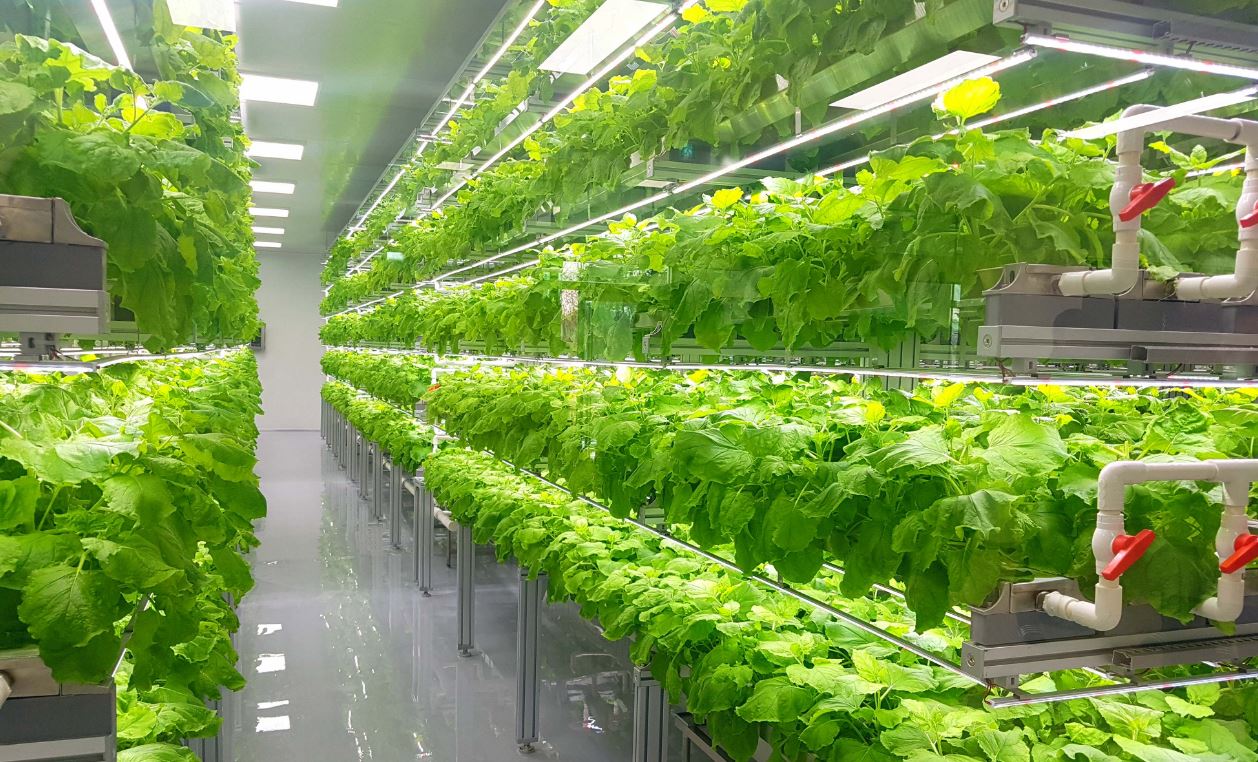 According to the latest research, the population of the world will grow by two billion by the year 2050. The biggest challenge ahead is to feed people. Arable land is vanishing and the full credit goes to urbanization and industrial development. Topmost scientists and researchers have valid claims of losing arable land in the past 40 years.
According to the latest research, the population of the world will grow by two billion by the year 2050. The biggest challenge ahead is to feed people. Arable land is vanishing and the full credit goes to urbanization and industrial development. Topmost scientists and researchers have valid claims of losing arable land in the past 40 years.
It is still not clear how much of arable land will disappear in coming few decades. Increased food demand in the wake of growing population and lack of arable land is going to pose a big challenge for sure.
What’s the perfect solution? Well, the possible way out is, without any doubt, vertical farming. Let us explore if vertical farming is really the future of agriculture.
Normally the farming is done on a flat surface or land but vertical farming is slightly different, it is done on a vertically inclined surfaces. This trick is used to produce food on a vertically inclined surface. The most common practice used is the single level or greenhouse, to produce vegetables or other foods. The single level farming is the commonly used trick. Things have changed now. Vertical; farming is the latest trend.
This modern trick utilizes indoor farming techniques. The popular technology called Controlled Environment Agriculture (CEA) is used here. Production of medicine and food is done by artificially controlling the humidity, light, gases and temperature. It is just like greenhouses where the natural sunlight is augmented using artificial lighting and metal reflectors. The idea here is to grow maximum crops using limited space. In order to understand the technique behind vertical farming, you need to focus on four areas – Physical layout, growing medium, lighting and sustainability features.
The whole idea is to grow crops in a limited space and producing as much food as possible. The cultivation is done in stacked layers. It’s a tower like structure where everything is done. The room must have a perfect balance of lights. A unique combination of artificial and natural light is required to be maintained in the room. The lighting efficiency is enhanced with techniques such as rotating beds.
Another interesting thing about vertical farming is that no soil is used. Instead of that, hydroponic, aquaponic or aeroponic mediums are used. There are other such similar non-soil mediums like coconut husks or peat moss, used for vertical farming. Many sustainability features are used to save the cost and the energy. One interesting feature is that vertical farming uses 95% less of water. Yes, it saves a lot of water, which is the need of the hour too.
Advantages
There are multiple interesting features. One of the top benefits is that it is equipped with the power to handle the future food demand. The crop is grown year-round which means more food. Now, the most interesting feature is less consumption of water. Irrespective of the weather, the crop grows without being getting affected. The crop grown with vertical farming is purely organic. Last but not the least, the exposure to various diseases and chemicals is comparatively less.
Disadvantages
The cost involved is higher. Economic feasibility studies are still incomplete. The pollination becomes really difficult and costly. The labor cost involved is also high. Power plays an important role in technology and if there’s a power loss even for a single day, there’s going to be huge losses.
In the United States, the vertical farming is growing fast with a CAGR of over 24%, starting from the year 2018 and continuing in 2024. There’s going to be an annual increased rate of $3 billion. However, the fresh vegetable and fruit industry is having worth more than $104 billion. If we talk about worldwide vertical farming market, it is expected to grow by 39.3% CAGR in the next few years. This rate is expected to reach 11100 million USD in the year 2024. This has been proven by few latest studies.






